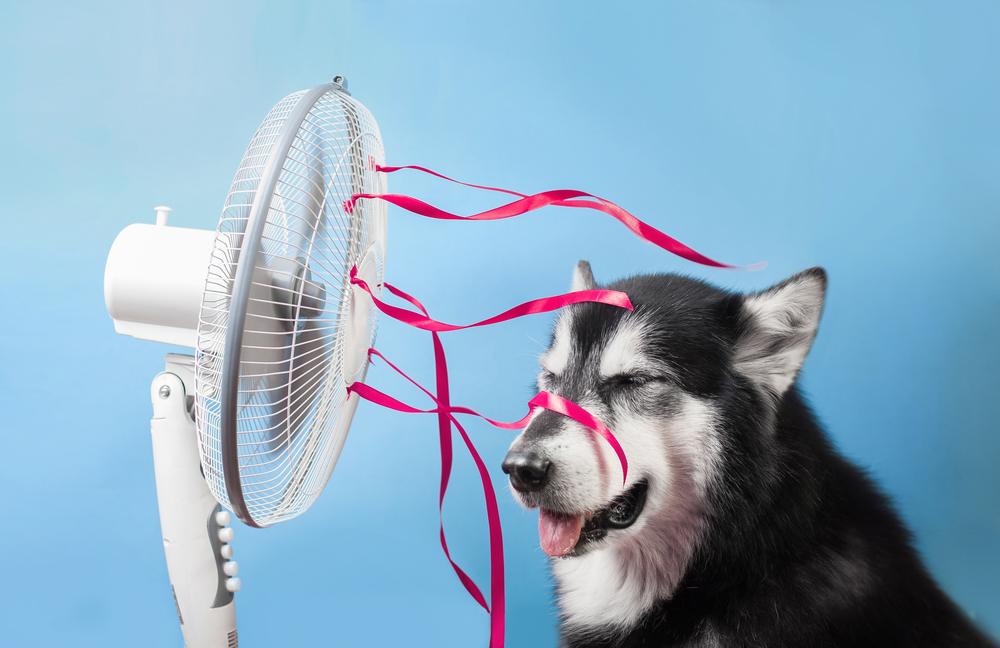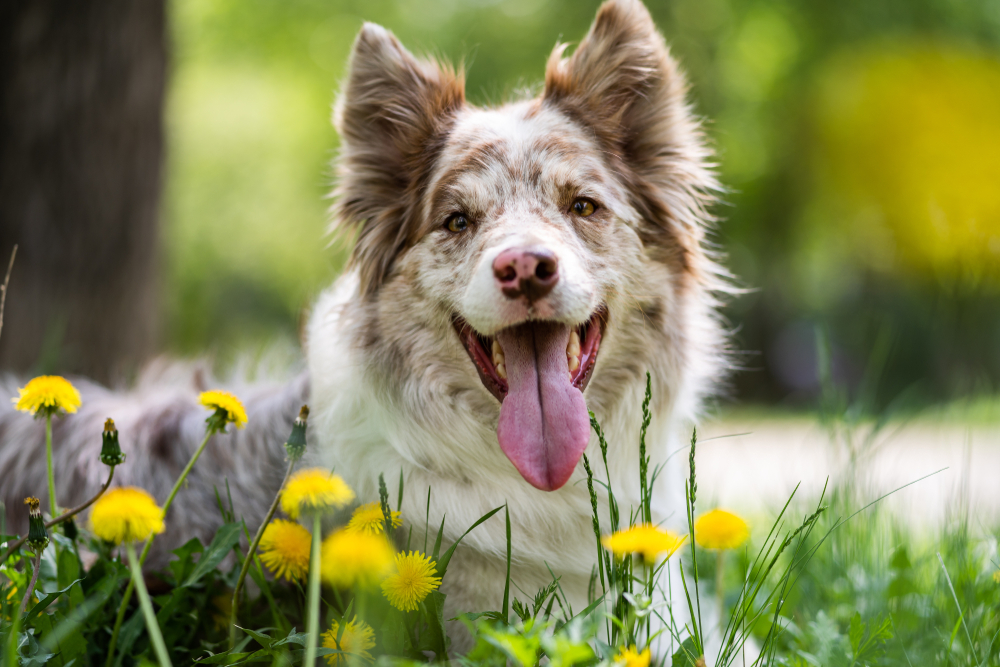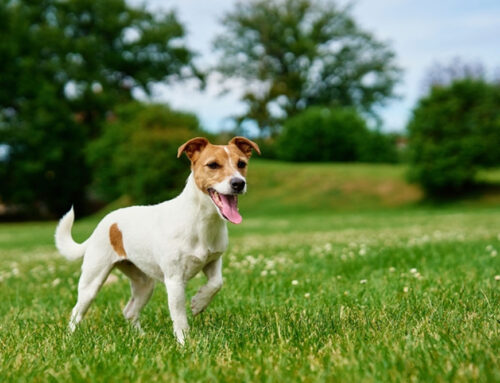Nothing ruins the summer faster than a pet emergency.
Texas summer heat is nothing new to Texans, but the devastating power of high temperatures is often taken for granted. Heatstroke—a condition where a pet’s body temperature becomes dangerously elevated—is a potentially tragic emergency in people and pets. Oliver Animal Hospital treats countless pets every summer for heat-related emergencies, so we present eight things every pet owner needs to know about heatstroke in pets.
#1: Heatstroke can affect any pet
Heatstroke happens to pets of all ages, breeds, and sizes.
#2: Some pets are especially vulnerable
Flat-nosed cat and dog breeds (e.g., Persians, pugs, Boston terriers, and bulldogs) are at a higher risk of heatstroke because they have small nostrils and narrow—sometimes partially obstructed—airways. Obese pets and dogs with laryngeal paralysis are also high-risk candidates for heatstroke.
#3: The temperature doesn’t have to be in triple digits to affect pets
Approximately 90 percent of heat removal from the human body comes from skin and sweat glands, but our furry companions have to rely almost exclusively on panting to eliminate excess heat. Panting is an effective method of evaporative cooling, unless a pet is dehydrated, or the air is humid or hotter than their body temperature. Many pets who are affected by heatstroke on only moderately warm days were left in unshaded yards, a poorly ventilated space, or a parked car with the windows cracked. Unacclimated pets may play in the heat too hard, or for too long, and their bodies are unable to dissipate the rapid increase in body temperature.
#4: Humidity is a factor in pet heatstroke
If you have experienced high humidity, you know what “too hot to sweat” means. When the air is saturated with moisture, evaporative cooling is nearly impossible, and a panting pet will struggle to lower their body temperature, especially if no water or cool surface is available.
#5: You should be able to recognize heatstroke warning signs in your pet
Knowing what to watch for is critical for early heatstroke detection. Heatstroke may present with all or some of the following:
- Excessive panting or drooling
- Red or discolored gums
- Behavior changes (e.g., acting dull or confused)
- Vomiting or diarrhea
- Weakness
- Lack of coordination
- Seizure
- Collapse or loss of consciousness
If left untreated, heatstroke can be fatal for your pet.

#6: You should also know how to respond to a pet with heatstroke
Any pet exhibiting signs of heat distress or heatstroke should be immediately moved to an air-conditioned location. Then, take the following steps:
- Call Oliver Animal Hospital—if your pet is actively seizing or unconscious, we may ask you to come directly to the hospital and skip the following steps.
- Wet your pet down with cool water from nose to tail. Elevate their head to prevent submersion. Never use cold water or ice packs on an overheated pet, because cold will cause vessels to constrict, further compromising blood flow. Also, chilled pets will shiver, using up precious energy.
- Offer your pet cool water, but do not force them to drink.
- Use a fan to move air over your pet and increase cooling.
- Take your pet’s rectal temperature frequently—you should have a dedicated pet thermometer in your pet first aid kit. Once their temperature reaches 103 degrees or below, discontinue cooling and bring your pet to the hospital.
#7: Not all heatstroke damage in pets is visible
When the body is overheating, blood is diverted from the kidneys and other organs to the skin surface, to maximize cooling. If the temperature does not respond, your pet’s body systems will be sacrificed and damaged as they put all their energy and effort into cooling. Pets who survive heatstroke may have an internal injury that is undetectable until after their initial recovery, but likely will require hospitalization and frequent blood work. If your pet suffered high body temperatures for too long, the damage to their liver, kidneys, gastrointestinal tract, and brain may be irreversible.
#8: Heatstroke in pets is preventable
The best heatstroke treatment is prevention. Keep your pet indoors during extreme heat, and take the following precautions throughout the summer:
- Exercise your pet in the cool early morning or late evening hours, and restrict physical activity when the humidity is high.
- Provide constant access to fresh, cool water.
- Do not leave pets unattended outdoors in hot weather.
- Never leave your pet in a parked car, because inside temperatures can climb rapidly on mild days, too.
- Trim any excess hair on your pet’s coat, especially along the abdomen.
- Do not walk your dog on paved surfaces, which heat up quickly and can burn paw pads.
If you choose to be outdoors with your pet, monitor them for early distress signs, such as panting and restlessness, and actively seeking cool locations. Recognizing heatstroke as early as possible is important for successful treatment.
Heatstroke in pets is devastating, but preventable. Let’s work together to ensure your pet is never affected. For more information about heat safety and heatstroke, and to discuss your pet’s heat-related health risks, call the team at Oliver Animal Hospital anytime.







Leave A Comment